SDF closes on last ISIS redoubt in Syria as YPG set for Damascus talks “within days”
The Syrian Democratic Forces backed by the U.S.-led Coalition is closing in on the last pocket of territory held by Islamic State east of the Euphrates river, as the YPG’s commander says talks with the Syrian government about the future of northern Syria are imminent.
The remaining ISIS fighters are in and around Marashida, a roughly 10 square km area of Deir Ezzor province near the border with Iraq surrounded on three sides by the Euphrates, after the reported capture of Baghuz Fawqani, Shajlah, and Safafinah.
Map of the front of Bayt 'Uqaydat and the battle between #SDF and #IS in eastern #DayrAzZawr governorate.
The village of al-Marashidah is the last position of the IS in Syria. 23.01.2019 #Syria #JazirahStorm #Marashidah pic.twitter.com/TUT9rBXpf2— Gargari (@Gargaristan) January 23, 2019
Thousands of people are fleeing the area. Around 1,600 civilians fled on Monday and 1,000 civilians including 700 women and children fled on Tuesday, according to ANHA, which is close to the YPG.
All of those fleeing the fighting are processed by the SDF, who take photographs and fingerprints in an attempt to identify ISIS fighters attempting to blend in with the civilian population.
Some women have openly said that they are married to fighters.
“My husband is still inside, he is one of them. He is an IS fighter, I’m not going to lie, he is with IS group,” one woman told France 24.“They will lose the territory, but I can tell you they will retreat into the desert. The veterans, those who fought with al Qaeda, they will disappear into the desert and leave their families here.”
On Tuesday, ANHA reported that 60 militants, most of them foreign, surrendered to the SDF, although the total number detained in recent weeks is thought to be ini the hundreds.
SDF spokesperson Mustafa Bali tweeted that “hundreds of ISIS families, most of whom are not Syrians … have fled the group’s last pocket recently.”
#SDF are evacuating more than 2,000 civilians from AL Baghos and Marashdeh areas in the last pocket of #ISIS east of the Euphrates including Foriegn families pic.twitter.com/rKJyPdVrZn
— MOHAMMED HASSAN (@MHJournalist) January 22, 2019
The SDF in September launched the offensive to retake the remaining territory held by ISIS east of the Euphrates river. Resistance has been fierce, with significant counter-attacks by ISIS fighters, but progress has accelerated since the capture in December of Hajin, the main ISIS-held town in the shrinking pocket. Operations were also halted for almost a fortnight in November after a series of Turkish military attacks along the border with northern Syria.
The Coalition has declined to be drawn on when it expected the SDF to capture the last territory still under ISIS control, although a September prediction by French Chief of Defence Staff General Francois Lecointre that ISIS will have been driven from all its territory before the end of 2018 looks to have been not far off.
“It is difficult to say how much longer, despite the progress,” Coalition spokesperson Colonel Sean Ryan told AFP on Wednesday. “We try to stay away from timelines as it is more about degrading the enemy’s capabilities.
“We are seeing a lot of enemy fighters fleeing,” Ryan said. “The Syrian forces are less than 10 km (six miles) from the Iraqi border but still fighting against a resistance of diehard fighters.”
Redur Xelil, a senior SDF official, said the latest gains only heralded a new phase in the fight against the jihadists.
“Geographically, the noose is tightening” around ISIS, he told AFP on Wednesday. “But we have to repeat it: the geographical end of IS does not mean the organization is terminated.”
“Our battle is still long and will be waged in several phases.”
Other leaders also warned of a new phase in the battle against ISIS.
“The militants are changing tactics and adopting guerrilla methods and will be now using hundreds of their sleeper cells to wage deadly attacks,” Sheikh Faisal Marashdah, a tribal leader, said, Reuters reported.
“Daesh is headed towards demise,” YPG commander Sipan Hemo told Reuters this week.
“There are many sleeper cells and there will be a long war with Daesh in this region,” he said.
YPG set for Damascus talks
Hemo also said that U.S. plans to withdraw ground forces from Syria were hasty and that talks with Syrian President Bashar al-Assad’s government could begin within days.
“Implementing this [U.S.] decision to withdraw practically is not possible in the near term,” Hemo said.
U.S. President Donald Trumps’s shock decision to withdraw troops from Syria sparked turmoil within his administration and inflamed fears of a long-expected Turkish assault against the YPG.
The predominantly Kurdish YPG forms the backbone of the multi-ethnic SDF alliance, which is waging the ground campaign against Islamic State in Syria backed by the international Coalition.
Turkey considers the YPG inextricable from the Kurdistan Workers’ Party (PKK), which is designated a terrorist group by Ankara and its Western allies. The YPG is not a proscribed organization in the European Union, United Kingdom or United States.
U.S. officials have since been pressing for deal with Turkey to protect Coalition partner forces in Syria.
After Trump’s announcement, U.S. officials encouraged the northern Syria administration to try to find a solution with Assad’s government, senior Syrian Democratic official Ilham Ahmed told The Defense Post in December.
On January 5, SDF official Redur Xelil said that a deal with the regime was “inevitable because our areas are part of Syria.”
Northern Syrian officials presented a road map for an agreement with the government in early January meetings with regime ally Russia.
Hemo said that direct talks with the government had not yet begun, but that the proposals, which focused on minority rights and self-rule, had been received in Damascus.
“There are attempts to carry out negotiations … the Syrian government stance was positive,” Hemo said. “We believe they will start in the coming days.”
Northern Syria security zone
In order to avert a military incursion, Turkey wants to set up a 30-km (20-mile) zone that will keep the YPG away from its border.
President Recep Tayyip Erdogan said on January 15 that Turkey and the U.S. had agreed to establish a security zone along the Syria-Turkey border, and the following day, the SDF said it would support the creation of a safe-zone under international guarantee.
During a Sunday telephone call, Erdogan and Trump agreed to speed up the discussions between generals to establish the security zone.
Hemo said any safe zone in northeast Syria should be under U.N. auspices.
“We want to be on good ties as neighbors, but the Turkish state does not accept this,” Hemo said. “If Turkey attacks our region, we will respond appropriately.”
“We can establish this security zone on our own and take the necessary measures,” Turkey’s Foreign Minister Mevlut Cavusoglu said on Thursday.
Cavusoglu said the U.S. Special Representative for Syria Engagement James Jeffrey was due to hold talks with Turkish officials in Ankara on Thursday. Jeffrey met with Syrian Democratic representatives in northern Syria two weeks ago, but senior northern Syria officials told The Defense Post that they have yet to receive formal security guarantees.

Erdogan and Putin agree closer cooperation on Syria
Russian President Vladimir Putin and Erdogan at a meeting in Moscow on Wednesday agreed to coordinate their actions more closely in Syria.
Putin said that if carried out, the withdrawal of U.S. troops from northeastern Syria “will be a positive step, it will help stabilize the situation in this restive area.”
He said that Russia supports “establishing dialogue between Damascus officials and representatives of the Kurds.”
“We have a shared conviction that we must continue jointly fighting terrorists wherever they are, including in the Idlib zone,” the Russian leader said.
Erdogan said that the countries will wage a “lengthy fight” in Syria.
Russian Foreign Minister Sergei Lavrov last week said that Damascus must take control of the north.
With reporting from AFP

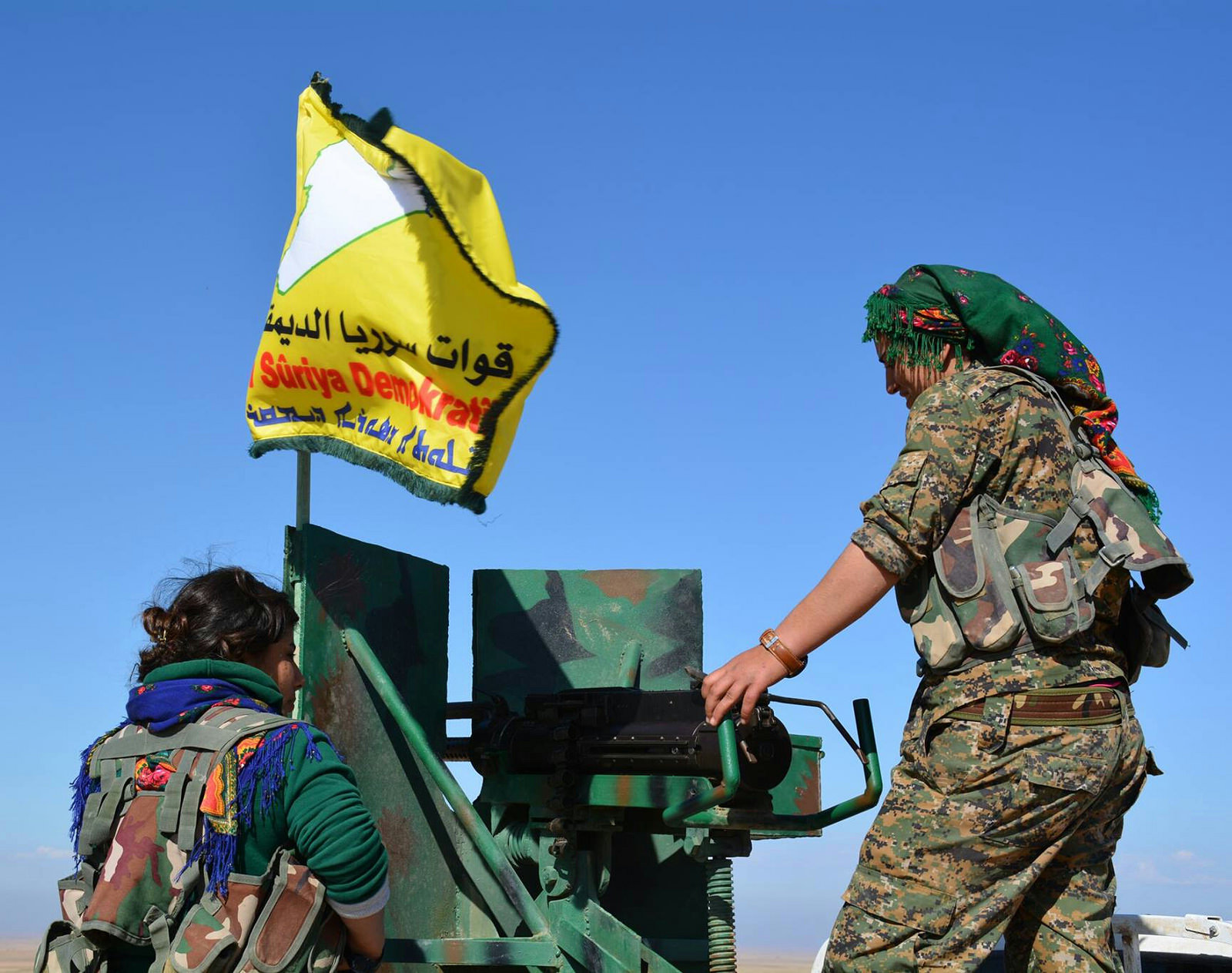
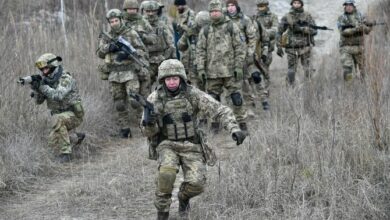
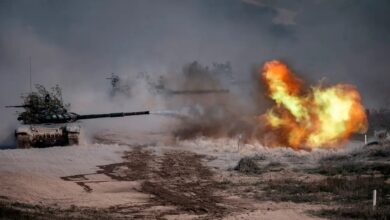
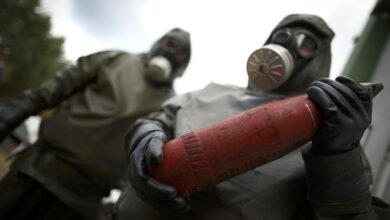

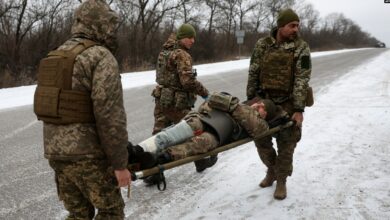
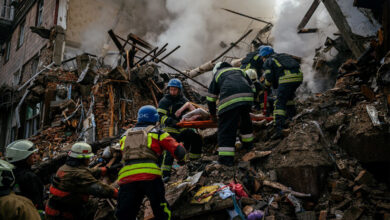

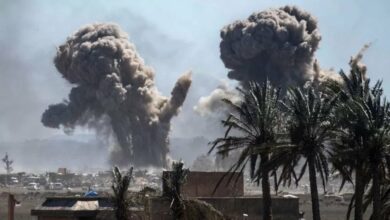
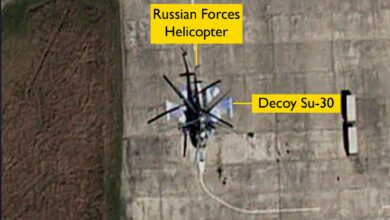
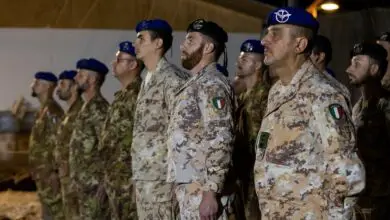
7 Comments